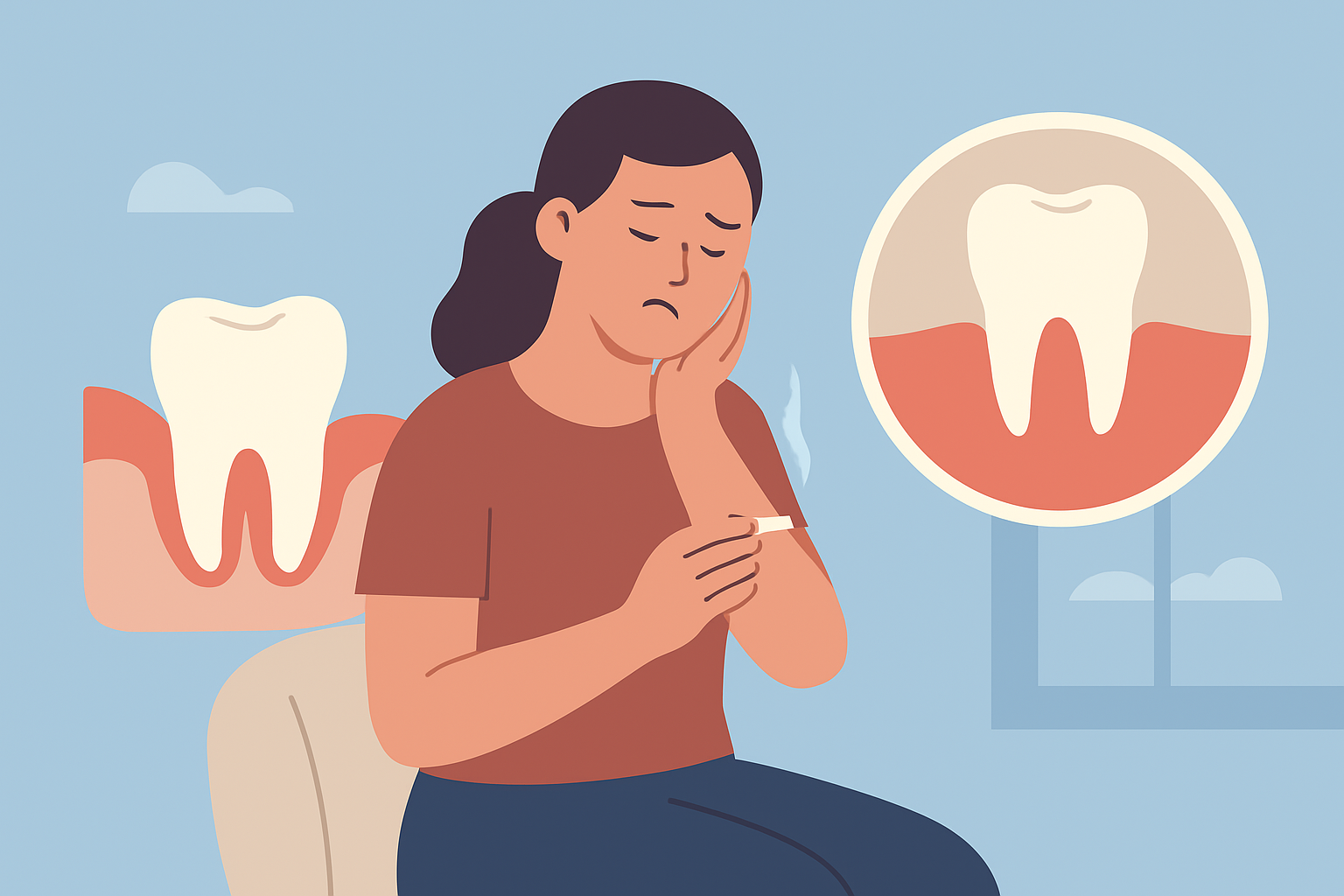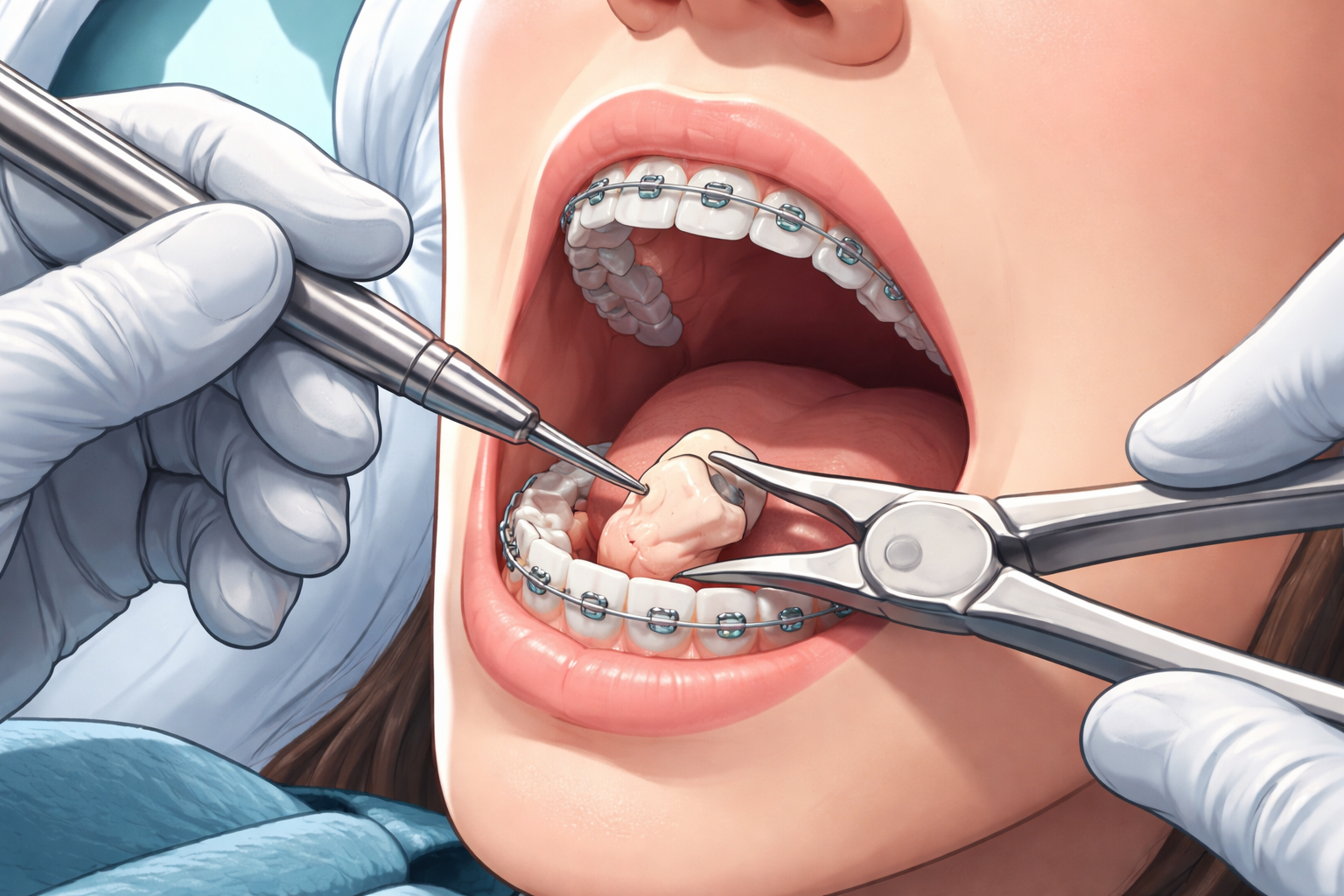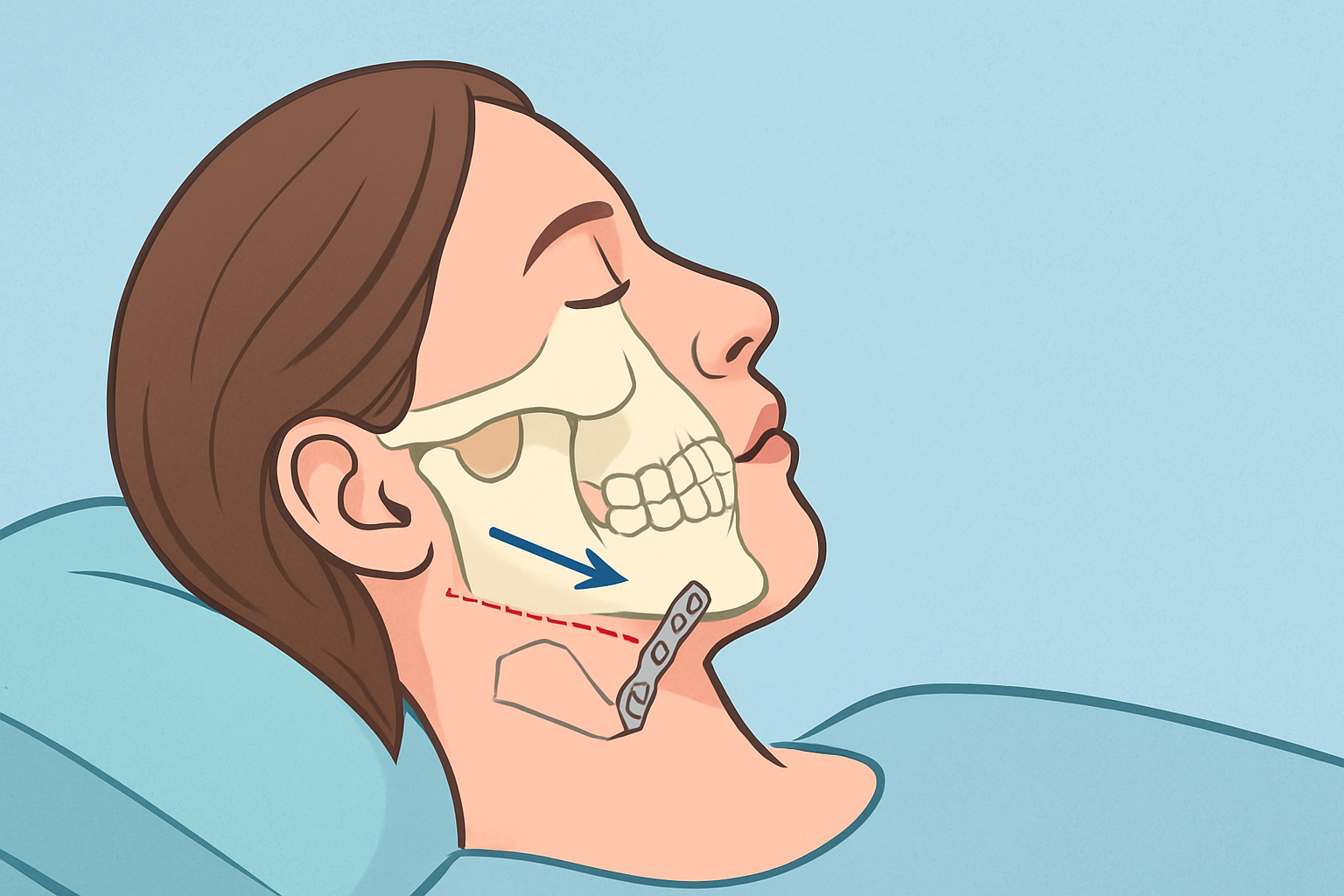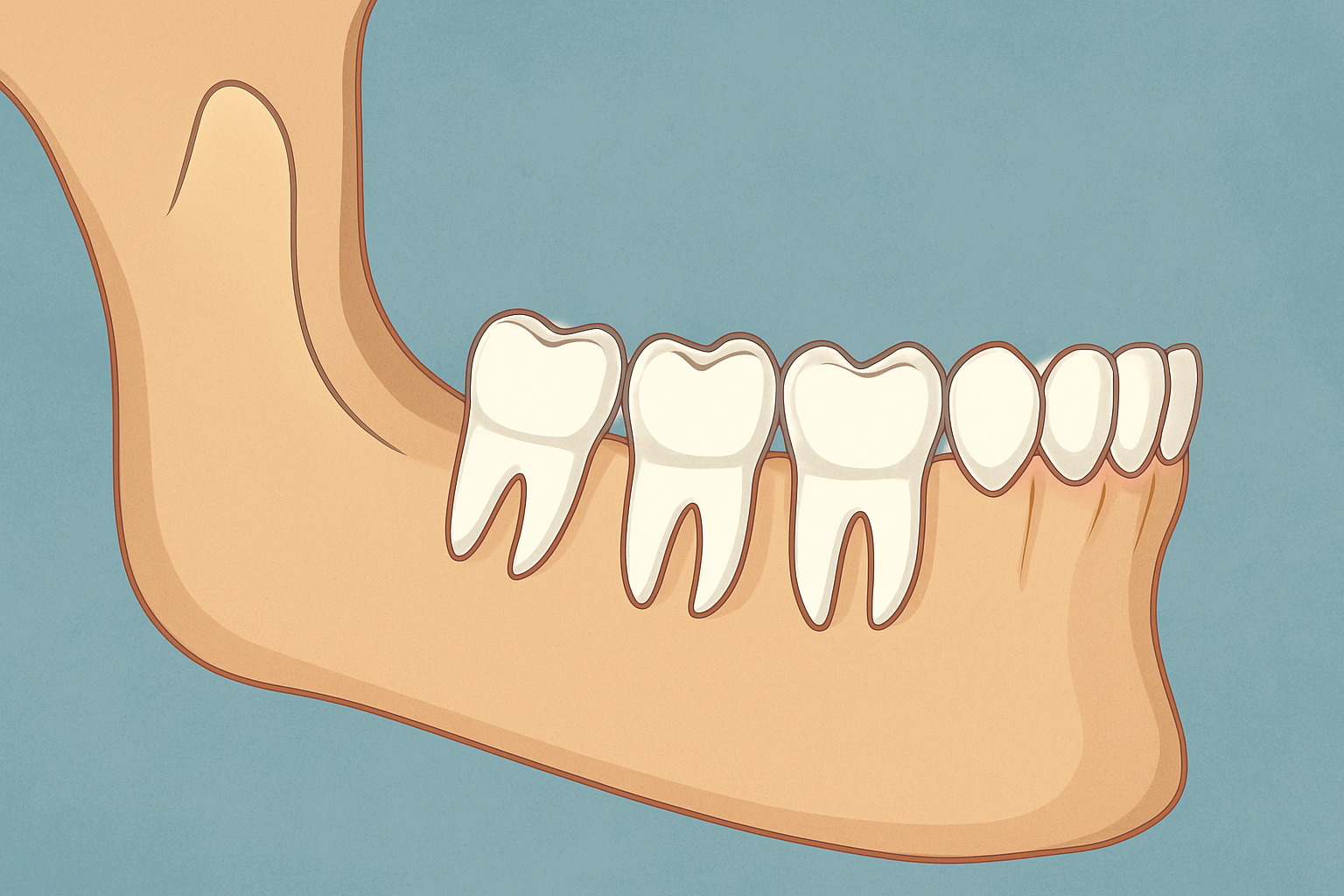How Smoking Affects Wisdom Tooth Healing

When it comes to recovering after wisdom tooth removal, the choices you make in the first few days can dramatically shape your healing experience. One of the most important decisions? Whether you smoke or not. Many patients underestimate how significantly smoking affects wisdom tooth healing, often leading to complications, discomfort, infections, and slower recovery times.
If you’re preparing for wisdom tooth surgery or currently healing from it, this guide breaks down exactly how smoking impacts the healing process, why dentists strongly recommend avoiding it, and what you can safely do instead to manage cravings and protect your recovery.
This long-form, easy-to-read guide is packed with practical insights, expert-backed explanations, and recovery-friendly alternatives.
Why Smoking Matters After Wisdom Tooth Removal
Wisdom tooth extraction is a surgical procedure, and like any surgery, the healing process relies on a delicate balance of blood flow, immune response, and tissue regeneration. Smoking disrupts each of these critical factors.
From reducing oxygen supply to increasing the risk of dry socket, smoking is one of the biggest obstacles to a smooth recovery. Understanding what happens behind the scenes helps you see why avoiding smoke—even for a short period—can dramatically improve your healing experience.
How Smoking Slows and Complicates Wisdom Tooth Healing
1. Reduced Blood Flow Delays the Healing Process
Cigarettes contain nicotine, which constricts blood vessels and limits the oxygen-rich blood needed for healing. After wisdom tooth surgery, your gums and surrounding tissues work overtime to form new cells, reduce inflammation, and fight infection. When nicotine restricts circulation, this process slows down significantly.
Reduced blood flow can:
- Delay tissue repair
- Cause prolonged pain
- Increase swelling
- Extend the total recovery timeline
Even a few cigarettes can impede blood circulation enough to interfere with healing.
2. Smoking Dramatically Increases the Risk of Dry Socket
Dry socket is one of the most painful complications following wisdom tooth removal. It occurs when the protective blood clot at the extraction site becomes dislodged or fails to form.
Smoking increases dry socket risk for two reasons:
Suction force
The act of inhaling from a cigarette creates suction that can easily pull the clot out of the socket.
Harmful chemicals
Tobacco smoke introduces toxins that irritate the wound and prevent the clot from stabilizing.
Research consistently shows that smokers have a much higher rate of dry socket than non-smokers. And because dry socket exposes the underlying bone and nerves, it can cause severe pain that radiates to the ear, jaw, or face.
3. Tobacco Chemicals Slow Tissue Regeneration
Wisdom tooth extraction leaves behind an open surgical site that needs to regenerate new gum tissue and bone. Cigarette smoke contains more than 7,000 chemicals, many of which are toxic to cells responsible for healing.
Common effects include:
- Slower bone formation
- Delayed gum tissue growth
- Increased inflammation
- Reduced immune response
This not only prolongs recovery but also increases the odds of infection and post-operative complications.
4. Smoking Weakens the Immune System
Your immune system plays a crucial role in protecting the surgical site from bacteria. Smoking suppresses immune function, making it harder for your body to defend itself.
Consequences may include:
- Higher infection risk
- Longer-lasting swelling
- More severe discomfort
- Potential need for follow-up treatments or antibiotics
A compromised immune system during healing is especially concerning because the mouth naturally contains a large amount of bacteria.
5. The Heat From Smoking Irritates the Extraction Site
Inhaling hot smoke can irritate exposed tissues and slow healing. The heat dries out the mouth, increasing bacterial growth and interfering with natural moisture that aids recovery.
A dry oral environment is a direct contributor to:
- Dry socket
- Inflammation
- Throat irritation
- Excessive discomfort
Even non-tobacco products, such as vaping, create similar heat-related irritation.
How Long Should You Avoid Smoking After Wisdom Tooth Removal?
Most oral surgeons recommend avoiding smoking for at least 72 hours, but longer is better—ideally one full week. The first three days are the most critical since that’s when the blood clot forms and stabilizes.
If you can abstain from smoking for 5–7 days, you give your body a much stronger chance of:
- Avoiding dry socket
- Healing faster
- Minimizing pain
- Preventing infection
- Reducing complications
If you can quit entirely during this time, even better. Many patients use the recovery period as a starting point for reducing or stopping smoking altogether.
What You Can Do Instead of Smoking During Recovery
Quitting smoking suddenly—even temporarily—can be challenging. Cravings, habits, and stress can all trigger the desire to smoke. But the good news is that there are safe and effective alternatives that won’t compromise your healing.
Below are practical options that help manage cravings without harming your extraction site.
1. Use Nicotine Patches (But Avoid Gum and Lozenges)
Nicotine patches provide a steady dose of nicotine without the suction or oral irritation that smoking causes.
They help reduce cravings safely, but avoid:
- Nicotine gum
- Lozenges
- Chewable products
These require mouth movement and can disrupt the blood clot or irritate the surgical area.
2. Try Deep Breathing or Stress-Relief Techniques
Many people smoke to cope with stress or tension. Instead, try:
- Slow, deep breathing exercises
- Short walks
- Meditation
- Light stretching
- Listening to music
These techniques calm the nervous system and provide a healthy replacement habit.
3. Drink Cold Beverages to Relieve Cravings
Cold, soothing liquids can help distract you and provide comfort. Recommended options include:
- Ice water
- Smoothies (no straws)
- Cold herbal teas
Avoid straws at all costs—just like smoking, the suction can dislodge the clot.
Also Read: What Drinks Are Safe After Wisdom Tooth Removal?
4. Keep Your Hands Busy
If smoking is a habitual hand motion, keeping your hands occupied can reduce the urge. Try:
- Stress balls
- Fidget toys
- Journaling
- Crafting
- Drawing
Simple distractions help break the physical pattern of wanting to smoke.
5. Lean on Social Support
Let friends or family know you’re recovering and trying not to smoke. Ask them to avoid smoking around you and check in during difficult moments.
A quick conversation can be enough to help you get through a craving.
6. Use a Temporary Nicotine Reduction Plan
If quitting feels too difficult, try reducing your intake before surgery. Cutting back beforehand can make the smoke-free recovery period feel more achievable.
And if you already smoke less going into surgery, the cravings afterward are often easier to manage.
The Bottom Line: Why a Smoke-Free Recovery Is Worth It
Avoiding smoking after wisdom tooth removal may feel challenging, but the benefits are clear. Even a short break can:
- Speed up your healing
- Reduce swelling and pain
- Lower your risk of dry socket
- Protect your immune system
- Prevent infection
- Improve long-term oral health
Your mouth works hard to heal after extraction. Giving it a smoke-free environment—even briefly—makes a dramatic difference.
The good news? With safer alternatives, support, and the right strategies, you can protect your healing process without feeling overwhelmed.
Conclusion
Smoking and wisdom tooth recovery simply don’t mix. From delayed healing to a significantly higher chance of painful dry socket, smoking introduces risks that can easily be avoided. By understanding how smoking affects the entire recovery process and using safer alternatives to manage cravings, you give your body the best possible chance to heal smoothly and quickly.
Whether you’re preparing for surgery or already recovering, consider this a small window of time that can have a big impact on your comfort, healing speed, and overall oral health.

Wisdom Tooth Removal While You Have Braces: What to Know and Expect
December 19, 2025

How to Mentally Prepare for Oral Surgery Without the Stress
December 17, 2025

How to Sleep After Wisdom Tooth Surgery: 9 Essential Tips for a Faster Recovery
July 2, 2025

Jaw Surgery Risks and Benefits: What You Should Know Before Going Under
November 24, 2025

Why Some People Never Develop Wisdom Teeth
December 10, 2025